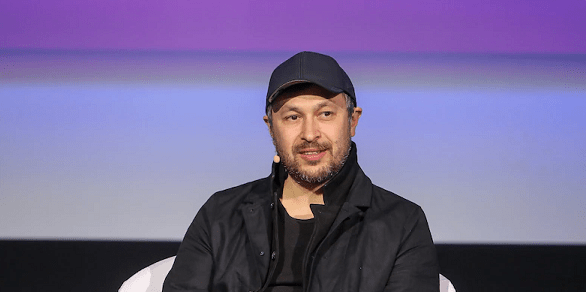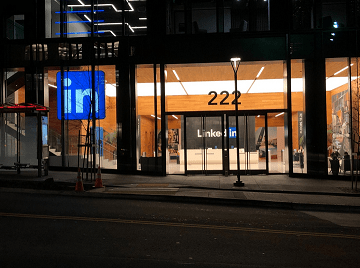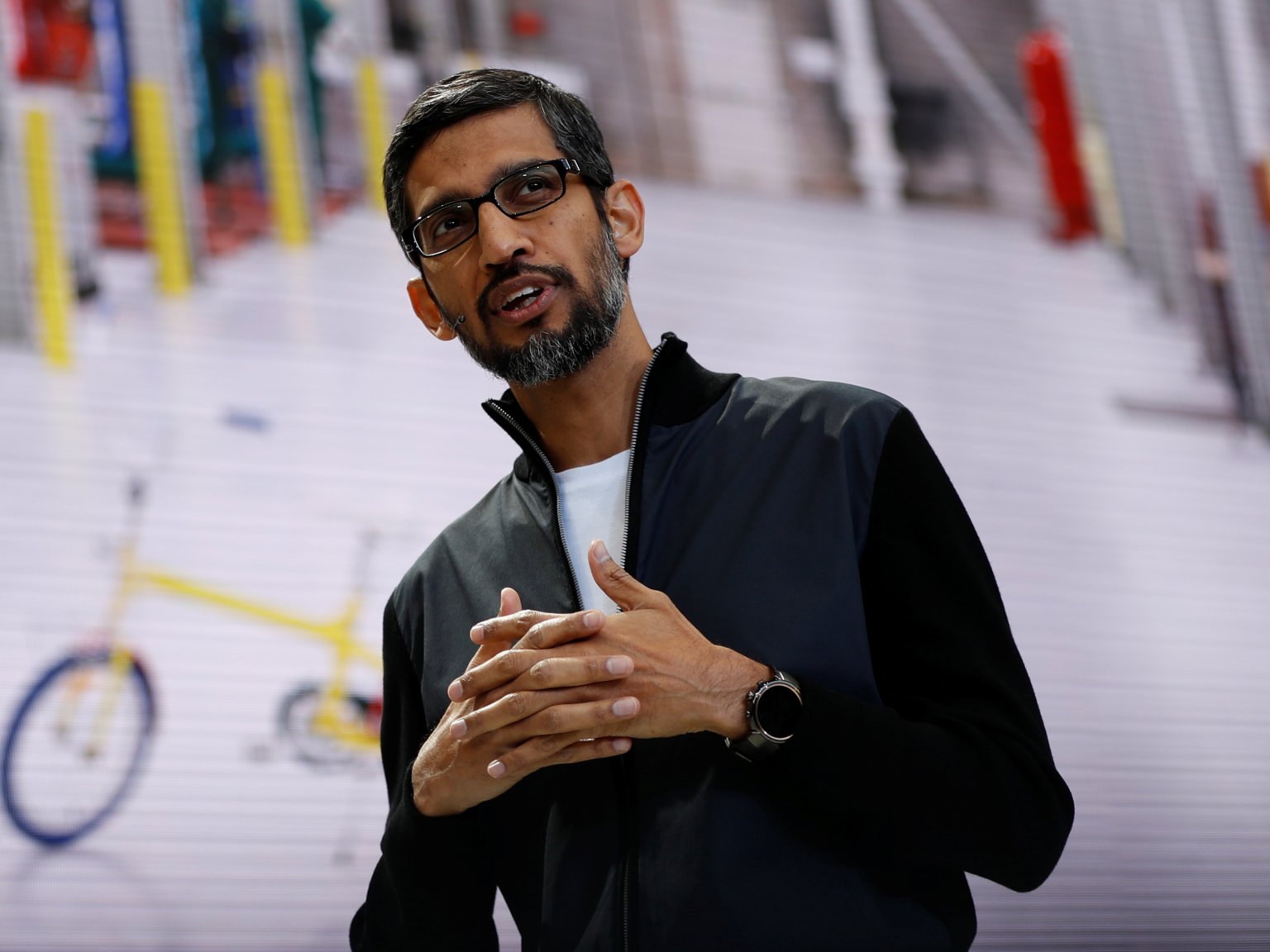By Kate Talbot
With over 720 million global users on the platform, LinkedIn has solidified its spot as the go-to social network for all things professional development. In fact, with the over-saturation of content on other social networks where you have to pay-to-play, there’s a prime opportunity to build your personal brand and thought leadership on LinkedIn.
As we’re in a digital-first reality, building your digital personal brand can lead to incredible opportunities like increased deal flow, speaking on podcasts and at conferences, and more media attention— all through using social media to your advantage.
Here are three ways to level up your LinkedIn in 2021.
Authentically Connect
Let’s face it, our working lives look different nowadays, with most utilizing remote work that can entail many Zoom meetings with young children running into the background or your partner walking in the background. Instead of hiding who you are, share with your community stories of what your new normal looks like. Since we’re all in the same boat, it’s a fantastic way to authentically connect and show off your 360 self even within the work environment.
Additionally, LinkedIn is notorious for unwelcome spam messages. Do not start spamming or sending unwanted content to persons you’re not familiar with, and you’ll end up in the trash and not build your thought leadership. The best way to build authentic relationships is to connect with those with interests or mutual connections in common. Then, you can build spark conversations.
Engaging Storytelling
Creating content that adds value to your audience that inspires and engages is a clear strategy proven to win with any social platform. In the case of LinkedIn, you have a multitude of ways to do this: photo, video, live video, and Stories.
With photos, you’re able to illustrate your story through a visual medium that adds color and background. You can add multiple photos to your post or just one. It’s best to use photos from your camera roll instead of stock photography to create a real bond with your audience.
Video on LinkedIn can either be pre-recorded video, natively created, or part of LinkedIn Live’s beta program. It is best practice to add captions to your video for the hearing impaired or scrolling through the feed with the sound off with pre-recorded video. All video mediums allow you to show off your knowledge-base by sharing your thought leadership applicable to your industry.
Like Stories on every other social channel, LinkedIn Stories is 20-second pieces of ephemeral content that disappears after 24 hours. LinkedIn added stickers that help prompt users to engage. They include: “Ask me a career question” or “Giving informational interviews” and many more.
They most recently launched the ability for those that have over 5,000 followers to utilize the ‘swipe-up’ feature where you can produce a Story and have a link for users to swipe up to — this helps with a much richer content distribution flow.
By showing that behind-the-scenes aspect to your work, you’re able to humanize yourself in the context of the corporate world, and in doing so, allows for people to connect more with you.
Build Community
Community is the moat that differentiates you from the rest. By building an engaged community through authentic storytelling, you’re able to strengthen relationships and have more visibility on LinkedIn and beyond. A strong community and being positioned as a thought leader for that industry allows for media mentions, speaking opportunities, and podcast interviews.
To implement this on LinkedIn, you can interact with your followers by asking questions that inspire a response, form an engagement pod with community members to like and comment on one another’s post to help boost visibility, and create polls.
As social networks become increasingly large, creating a community of individuals that want more content from you and are inspired by your words, allows for great opportunities outside the social platform.
Going Forward
As you can see, LinkedIn has a myriad of ways to build authority in your industry. By implementing these tactics, you’ll be able to exemplify your thought leadership further and connect authentically to others.
I’m a freelance content marketer, author, and entrepreneur who helps businesses scale using social media. I’ve been featured on CNN, Nasdaq, NPR, NBC News, CNBC, Huffington Post, VentureBeat and named an Instagram Marketing Expert from Foundr Magazine and Social Media Examiner. I wrote a best-selling book, “Oh Snap! You Can Use Snapchat for Business” which IBM named their ‘Book of the Month.’ My strong understanding of the digital landscape comes from scaling startups in the digital space and running branded content and social media for Virgin America, Kiva, and top venture capital firms. I’m also a millennial marketing post-graduate lecturer at Ireland’s Digital Marketing Institute and social media expert witness. When not snapping, I spend my free time at Burn Pilates, reading at Dolores Park, and hosting art and charity events.
Sourced from Forbes






